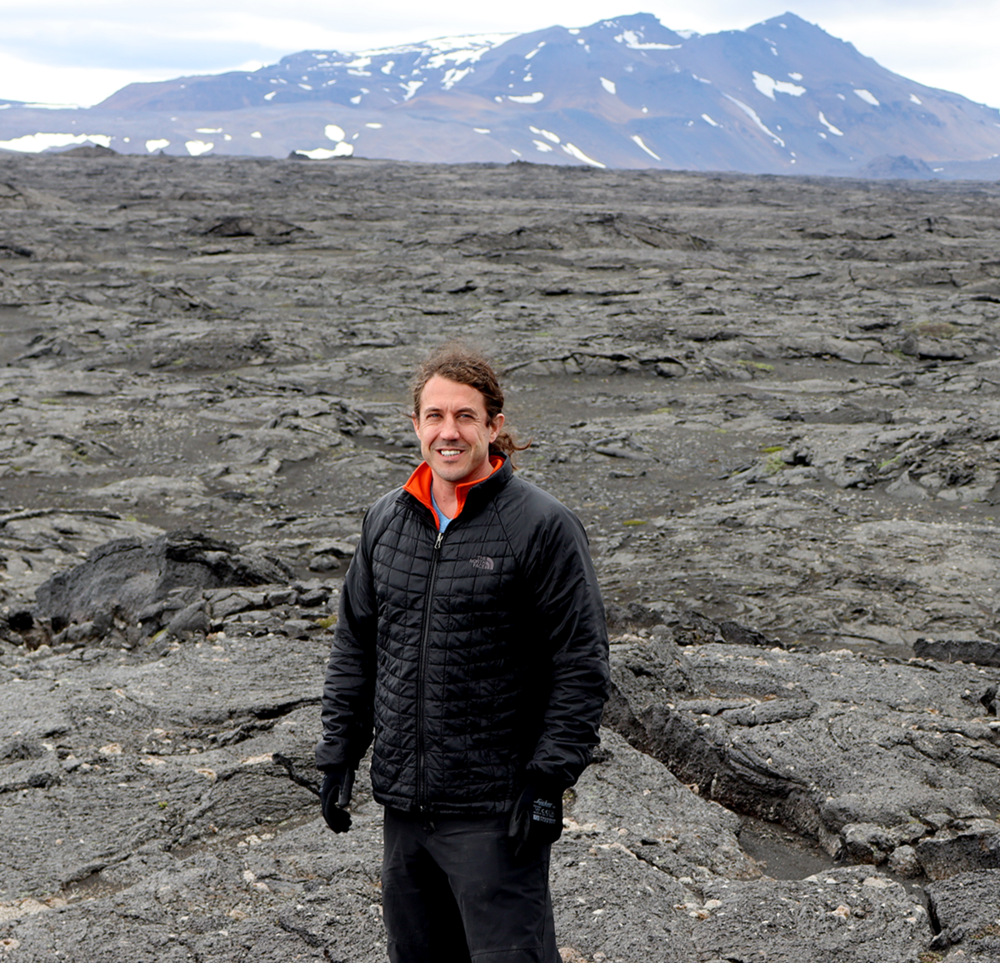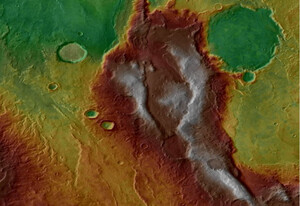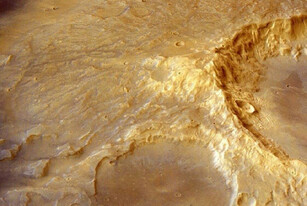
Professor Joseph MICHALSKI
Professor of the Department of Earth Sciences, and Deputy Director of the Laboratory for Space Research
‘The record of life’s origins has likely been forever lost on Earth, but exploring the ancient crust of Mars offers hope, and maybe the only chance to discover how life emerges.’
His research focuses on Mars’ ancient crust and its potential to provide invaluable clues about the origins of life on Earth. By comparing the geological environments of Mars and Earth, Professor Michalski highlights the possibility of life having emerged on both planets.
 |  |
| Topographic data are draped over infrared image data showing complex tectonic structures and volcanic deposits in the Eridania region of Mars. Warm colours are higher elevation. Image Credit: NASA/Mars Odyssey/HRSC | Colour image data are draped onto topography to show a 3-D view of a large stratovolcano in the Eridania region of Mars. Image Credit: NASA/ESA/HRSC. |
S: Science Sparks J: Professor Joseph Michalski | |
S: J: | Why is it important to study volcanoes on Mars? Scientists have long known that Mars has volcanoes, but the easiest ones to detect are the large shield volcanoes similar to those in Hawaii. My research has revealed some fascinating discoveries regarding diverse, smaller volcanoes on Mars, similar to the ones that form from plate tectonic recycling on Earth. We’ve identified lava domes, stratovolcanoes, calderas, and even ash shields. What’s particularly intriguing is that these volcanoes exhibit a high silica content, indicating a complex process of magma evolution. This work shows that Mars experienced recycling of the crust, as occurs on Earth. But, the style is not plate tectonics. Crust recycling on Mars was done through a process called vertical tectonics, which is similar to the geology of Earth 3 or 4 billion years ago. |
S: J: | How does Mars’ distant nature connect to its relevance in understanding life here on Earth? We don’t know how life formed on Earth, but we are pretty sure it emerged in hot springs or in lakes and seas rich with volcanic minerals and with high heat flow. The geologic evidence of how this happened has been lost due to high erosion rates on Earth, and plate tectonic processes on this planet. But the awesome fact is that Mars had all the hot spring, lake and sea environments as Earth did 3-4 billion years ago when life formed. My work has illustrated some of the key sites where life could have formed in these martian hydrothermal environments. Mars had many 1000s of hydrothermal sites, many 100s of lakes, and even some large seas. These sites are well preserved on Mars, like a geological museum awaiting our future exploration. |
S: J: | How does the study of Mars offer practical benefits for life here on Earth? It is impossible to understand this planet well by studying only our Earth. By using ‘comparative planetology’, we reveal more fundamental truths about how climates evolve, how planetary crust forms and evolves, and how geology and biology influence each other. Further, planetary exploration requires technological innovation, which flows through the rest of the science disciplines, as well as the economy. |
S: J: | What influenced your decision to settle in Hong Kong? The rapid advancements and expanding opportunities in space research and planetary exploration in Asia, specifically in Hong Kong, caught my attention. The dynamic culture, pleasant climate, and abundant outdoor activities like hiking added to the appeal. Hong Kong’s considerable resources and support for my field, combined with its strategic location and potential to become a global centre for scientific pursuits, made it an enticing choice. The substantial investments in space initiatives in China and Hong Kong also played a role in shaping my decision, as they indicated a promising future for scientific endeavours in the area. |
S: J: | How do you see the future of space science in Hong Kong? The future of space science at HKU and in Hong Kong in general is extremely bright. Aside from our pure science exploration initiatives, we are also integrating these discoveries and techniques into applied science through current and future robotic missions to the Moon and Mars. For example, one of the hydrothermal sites I discovered is currently the top-ranked science target for China’s future Mars Sample Return mission (Tianwen-3). We hope to someday bring samples back from this location through Hong Kong-led science leadership. |
With all these opportunities in mind, we are proud to be educating a new generation of innovative space explorers in Hong Kong.
|
| ||||||
| < Previous | Next > |

